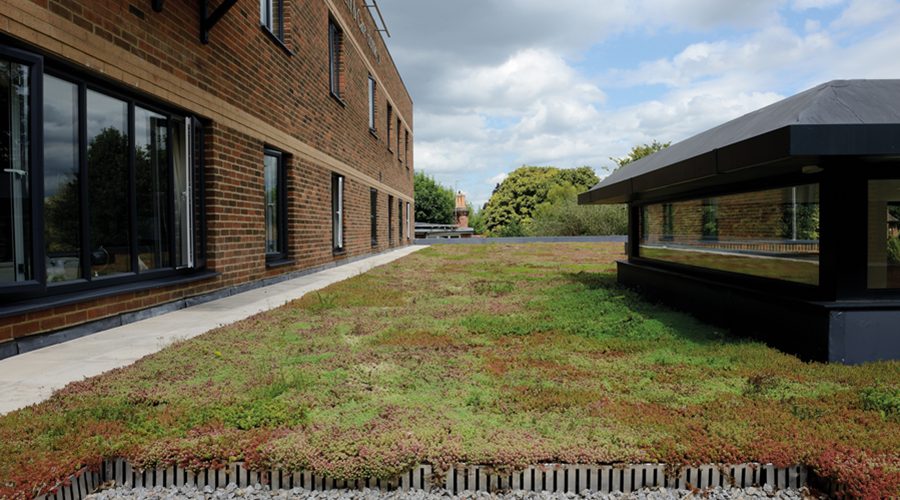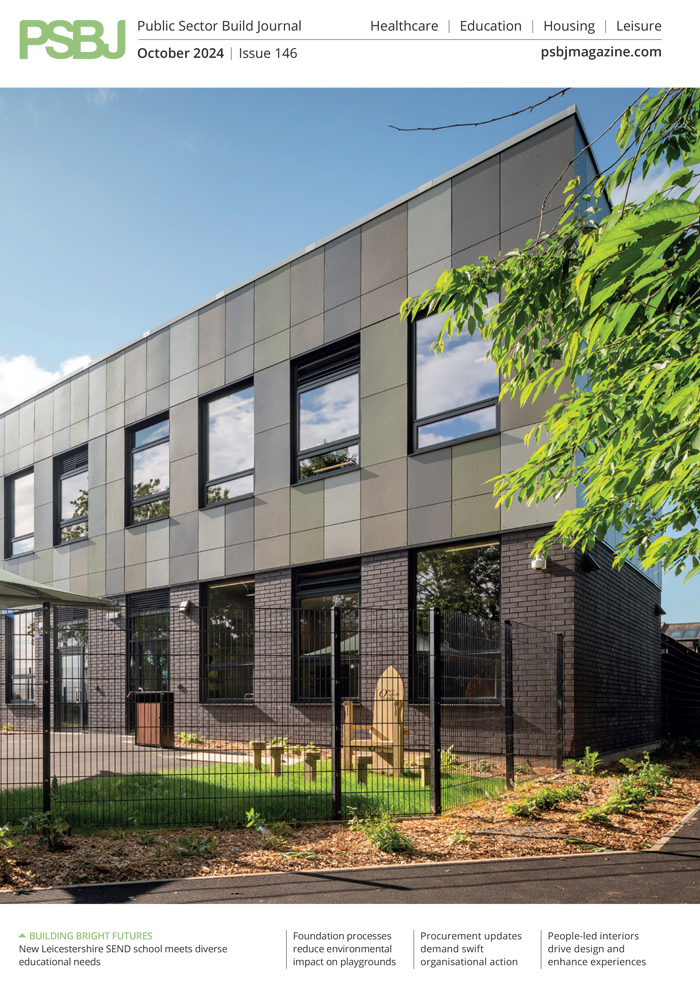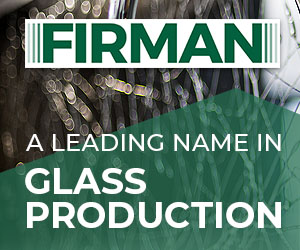The UK green roof market is, quite literally, growing at an increasingly fast pace. System manufacturers are reporting that interest has never been stronger, and Wallbarn is sure it isn’t alone in achieving its strongest sales ever this year.
Wallbarn
It’s a green revolution being driven by real commitment to sustainability from clients and their development partners, from smaller-scale domestic projects to vast commercial installations and everything in between. This month, World Green Roof Day (6th June) celebrates all that’s great about living roofs around the world, with British manufacturers and experts taking centre stage in the event.
The benefits of green roofs are well-documented, from aiding biodiversity and creating habitats for flora and fauna (a study of green roofs in London recorded more than 20 species of bee foraging) to urban cooling, rainwater management, improving air quality, sound and thermal insulation and extending the lifespan of waterproofing membranes. Planners working with the Mayor of London have also identified their worth in making locations more attractive to investors.
All of which make them perfect for a wide variety of public sector projects and a logical step in delivering the Government’s sustainability agenda. A shining example of what can be achieved is the Boston Medical Centre in Massachusetts, which has a 2500ft2 rooftop garden growing more than 25 crops producing 6000 US pounds of vegetables every year for use in the centre’s kitchen. This is an aspirational, trail-blazing project but the vast majority of UK installations are intensive (more garden-like with shrubs, small trees etc.) or extensive (with smaller sedum or wildflower planting). It’s this type – extensive – that is dealt with here.
Key specification decisions
The first consideration is the load-bearing capability of the structure being greened. For new-build projects, structural integrity can be designed in; for retrofit, consulting with a structural engineer is advised. Once load-bearing capabilities are confirmed, clients have a choice between traditional roll-out green roofs, where all elements (protection layer, root barrier, drainage layer, geotextile filter, growing medium and sedum plants) are installed as separate elements, or pre-fabricated modular solutions, which contain all elements of the green roof, including established plants, within hand-maneuverable cassettes.
There are pros and cons to both approaches, and specifiers and clients are advised to think carefully about what they want from their green roof and the features that are important to them.
Modular systems offer unique advantages:
• They allow access to the roof deck post-installation, future-proofing the project should roof maintenance or improvement works be required at any point in the future
• Installation is possible on hard-to-reach roof areas
• Cassettes are pre-fabricated, arriving on site planted and established. Offsite production ensures high levels of quality control and complete standardisation of key ingredients, from the substrate to the seed mix, ensuring every batch performs in a uniform manner, including fire performance.
• The cassettes are quick, easy and clean to install (and remove, if necessary) with no specialist roofing experience required
• Minimal wastage on site
• Key decisions made in advance and variables designed out. The whole system arrives on site in one delivery to provide an instant, established green roof.
Maintenance
Green roofs are low maintenance but not no maintenance, and all successful projects have an agreed maintenance plan in place, ideally pre-installation to enable irrigation systems to be factored in if required, working-at-height safety precautions to be planned etc. Twice yearly inspections to assess the roof, remove weeds and debris, check the watering system and general health of the plants and apply slow-release fertiliser (ideally during March or April) are sensible measures.
Substrate and fire performance
Increasingly, manufacturers are striving to achieve BRoof (T4), the highest European fire rating for roofs. The key to reaching this standard lies chiefly with a system’s substrate which, as laid out in the DCLG’s document ‘Fire Performance of Green Roofs and Walls’ should be at least 80mm thick and contain a maximum 50% of organic matter. The new Green Roof Organisation (GRO) Code of Best Practice, formally launched to tie in with World Green Roof Day, goes further and recommends a 20% by volume maximum organic matter content. Furthermore, Wallbarn advises clients to avoid substrates containing peat, which is flammable and its extraction environmentally damaging.
Achieving the perfect substrate is a fine balancing act that takes into account the key factors of nourishing plants to ensure they flourish, ensuring appropriate moisture retention and drainage and achieving optimum weight. Consideration is also given to chemical composition, PH and particle size to provide roots with sufficient air but prevent the substrate from draining too easily. Substrate depth is also crucial – Wallbarn recommends a minimum of 100mm to ensure long-term plant health.
Wallbarn has been producing green roofs for many years and has a huge amount of experience in what works and what doesn’t. It has seen the market evolve – demonstrated by the launch of its M-Tray modular solution – and welcomes the greater focus on fire and environmental performance, but believes there is still work to be done to establish a ‘comprehensive’ green roof fire standard that unites all current guidance.












